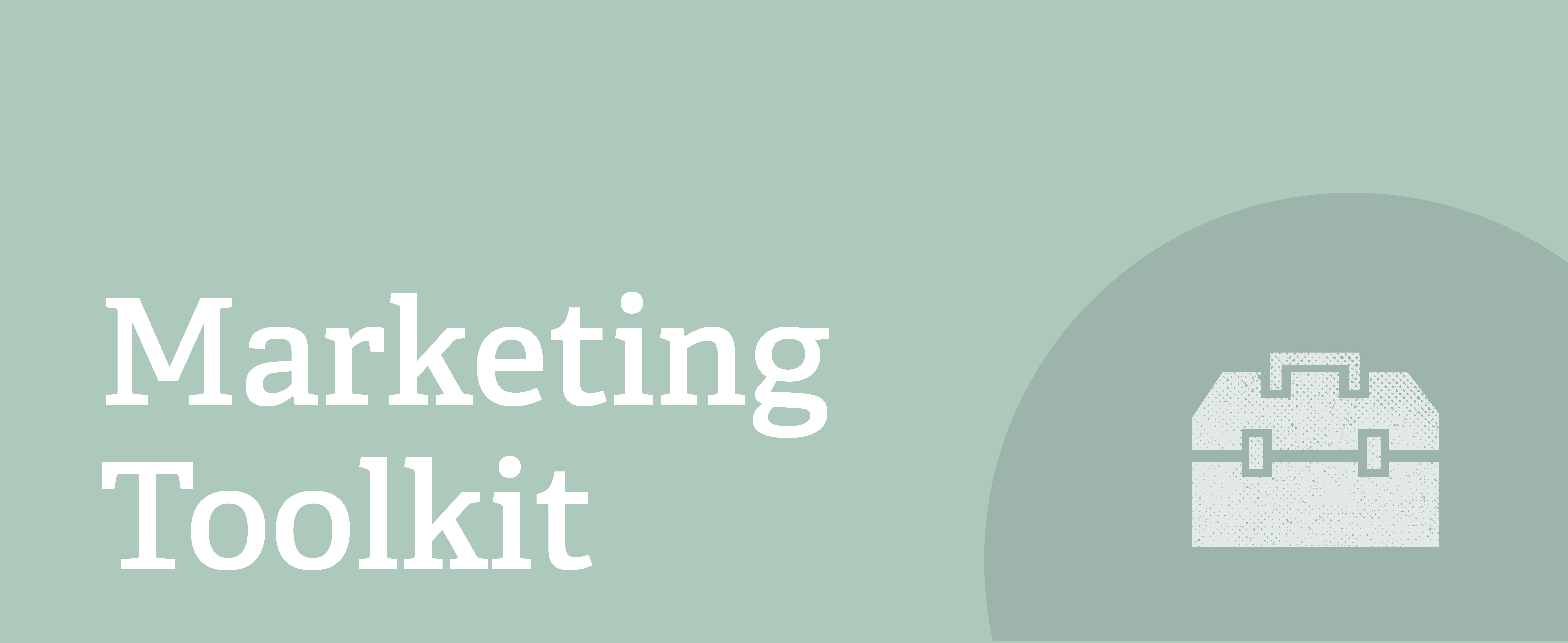An Introduction to Dynamic Marketing Content
What is personalization?
Web personalization—sometimes referred to as dynamic content—is the marketing practice of tailoring digital content to users. It ranges from the small and simple (addressing a customer by name in emails) to the more complex (showing specific product info on the homepage based on shopping history).
How does web personalization work?
Personalized technology is rapidly expanding as more and more marketing services integrate it within their platforms. Common examples of personalization in digital marketing include:
- Dynamic sections of webpages that welcome back users
- Progressive webforms that simplify data entry, ultimately capturing more of it
- One-to-one email marketing campaigns
- Text, display, and remarketing ads that are hyper relevant to users’ interests
- Chatbots that communicate like humans
Depending on your existing campaign tools, you may already have opportunities to personalize content you didn’t know about. Mailchimp, Constant Contact, HubSpot, Salesforce, and many other mainstream platforms have already begun integrating personalized options—and more are being added.
What role does personalization play in your marketing strategy?
More than a clever party trick, dynamic content has become a way of offering users the personalized experiences they’ve come to expect in modern marketing. In fact, personalization—in many B2C industries—is no longer something to aspire to; it’s table stakes.
The way you choose to implement personalization should follow your brand’s DNA, and take cues from what you already know about your audiences. For businesses and nonprofits alike, personalized content can improve the user experience and drive higher engagement than a traditional one-size-fits-all approach.
How will you know if your web personalization efforts are working?
You may see a lift in traffic to your website when personalizing inbound channels like ads and emails. But the impact of dynamic content is more often seen in on-site engagement metrics like lower bounce rate, increased pages-per-session, and a better conversion rate.
Keep Reading
Learn more about related tools, methods, and best practices in the Marketing Toolkit:
